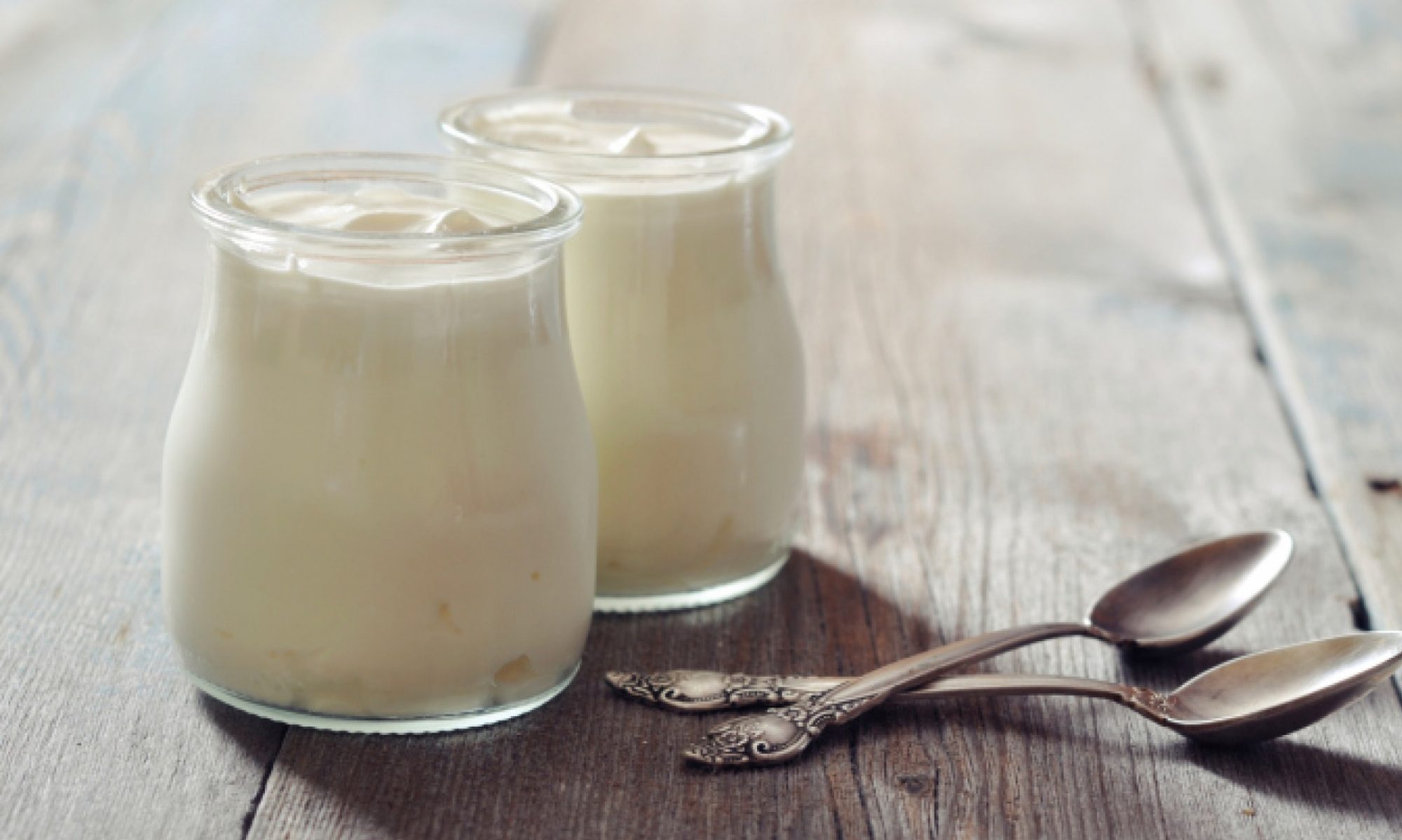Explanation of the macrophage stimulation test with the prepared GLYCO-D probiotic in dried form.
The effect of the dried probiotic on macrophage activity was investigated in a standardized macrophage stimulation test.
For this purpose, three different blood samples were tested. Coincidentally, in all blood samples an unambiguous activation of the macrophages was measured, measured by the TNF-alpha titer determination.
Thus, it can be assumed that the probiotic fermented colostrum in Gcmaf Yogurt GLYCO-D has biologically highly active immunomodulatory action.
Probiotic and prebiotic modulation of intestinal barrier and immune responses.

Prebiotics and probiotics exert a range of effects on mucosal barrier function and the responses of the underlying immune tissue of the GALT. Probiotic and commensal microbes (light blue rectangles), assisted by prebiotics (light blue strings), out-compete pathogenic organisms (red rectangles) for nutrients and binding sites on the epithelial cell surface (1). This barrier function is enforced by the ability of probiotics to influence mucin expression and mucus secretion from the goblet cells (GoC, 2) and by pathogen
neutralisation by IgA in the mucus layer, facilitated by pIgR-mediated transcytosis of sIgA through the epithelial cell (3). Probiotic bacteria can induce anti-microbial peptides against pathogens either directly, as bacteriocins (4) or activation of epithelial cells to secrete defensins (5). Luminal gut contents are tasted by three mechanisms: directly via DCs extending dendrites through the tight junction and into the lumen (6), epithelial cell pinocytosis of microbiota (7) or by selective transfer of luminal contents via specialised
epithelial cells, microfold (M) cells (8). Interspersed between epithelial cells, intraepithelial lymphocytes (IELs—predominantly CD8+) contribute to the cytotoxic, killing response of the epithelial barrier (9). The innate killing response can be activated in NK cells via APC production of IL-12 and the production of IL-15 by epithelial cells (10). Immunity to extracellular parasites is elicited through B cell class switching to IgE production and the sensitisation of mast cells/granulocytes, which upon secondary exposure, release primary
amines such as histamine (type I hypersensitivity) (11). Finally, the adaptive response elicited is dependent of the presentation responses of 6, 7 & 8. If these APCs present safe commensal/probiotic (blue) peptides, then tolerogenic mechanisms driven by TGFβ, IL-10 and retinoic acid are initated—resulting in suppression of T effector responses (Th1, Th2, Th17, Tc) and IgA production. If APCs present pathogenic peptides (red), then
the default setting of tolerance is bypassed and as a result of the immune stimulatory cytokine environment, effector responses are initiated: Th1—CMI to intracellular pathogens, Th17—CMI to fungal infection and Th2—humoral responses to extracellular pathogens (12). Probiotics modulate this on/off switch of the mucosal immune system in a strain-dependant manner. Appropriate modulation by probiotics can have a huge health impact.
